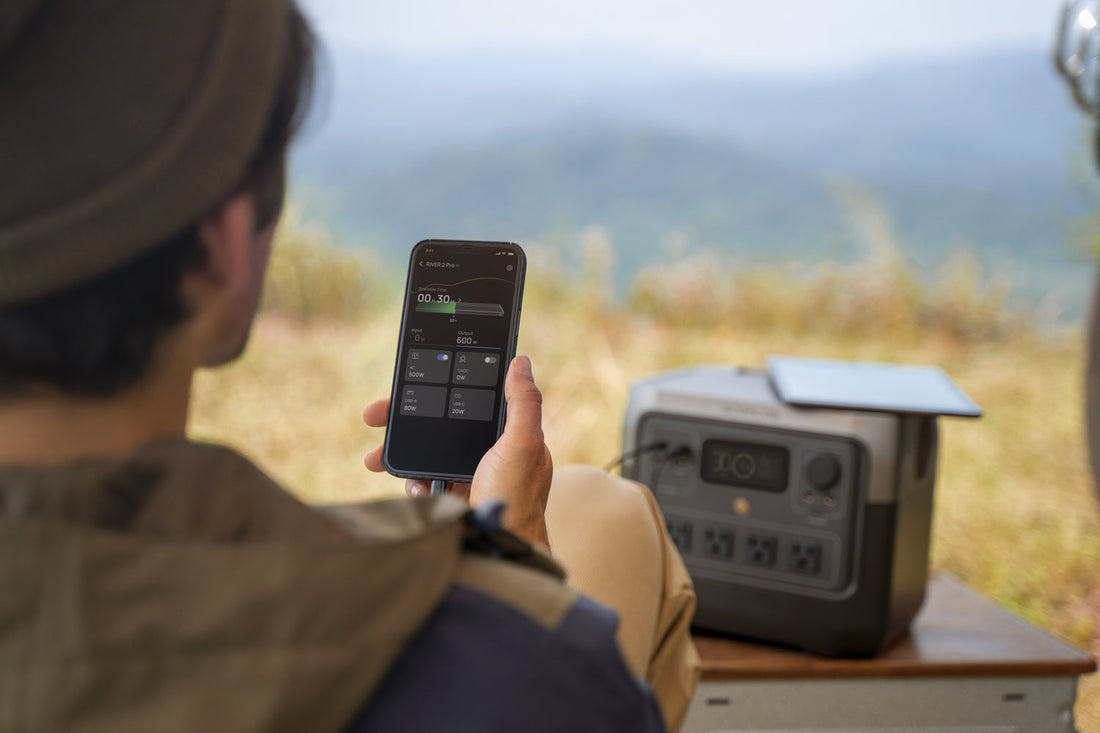
Vampire Loads: Sucking the Life Out of Your Power Station
Share
Let’s talk about vampire loads. No, I don’t mean the type of bullets you would put into your gun when hunting vampires but rather that silent, sneaky, steady draining of your power station’s battery due to the inverter.
Vampire loads or idle consumption or parasitic load or even inverter standby power draw refers to how much power the inverter in your power station needs to be ready to be used. When the inverter is on, it slowly but surely drains power from your battery.
So what is going on here?
Because power stations store power as DC current, an inverter must transform that DC current into AC current in order for you to plug in devices or appliances that have the typical wall plugs.
Why? Well, most things that have 120v wall plugs are made to use AC. This is because this type of current is easily and efficiently transformed to different voltage levels, can travel long distances with minimal power loss, and is easier to generate. Our whole power grid is set up to provide it.
However, power stations store their power as DC since it is more stable, easier to store, and easier on electronics. That means if you want to use your AC outlets on your portable power station, the inverter on your power station needs to convert the DC to AC for your appliance.
So what's the problem?
This slow drain slowly sucks the life from your battery hence the name vampire load. Typically, the bigger the power station, the bigger the inverter, the more drain occurs. Large, powerful units can see a drain of 70W per hour!
In practice, that means for a figurative 8 hour power outage using a large power station that has a 70W idle consumption per hour, you suddenly have 560Wh less than you expected. That can tank your emergency power plan and ruin your experience.
On top of the inverter, things like the WIFI, fans, and the screen also drain a bit of power.
And the most frustrating thing is that none of the power station companies are, currently, disclosing this on their specs.
Typically, the smaller the unit, the smaller the idle consumption. And, if you have no AC outlets on your power station thus no inverter, your idle consumption will be pretty negligible.
So what can you do about it?
Plan Accordingly: You may need to scale up your power station needs. Ask the manufacturer directly and voice your opinion that this should be listed on the power specs. If we all complain, they may listen eventually.
Power off the Inverter: Most of the high end power stations have nifty apps that let you turn off the inverter manually. If you don’t need the AC power, turning off the inverter will stop most of the ideal drain.
Rely on DC: While this probably isn’t ideal, planning your emergency power plan around DC devices will solve this issue. However, the additional cost of, say, buying a DC-powered fridge to use in an emergency or just putting that money into the next level of power station is up to you.
Plan the Recharge: Now that you know your power station won’t last as long as the sticker says it will, making sure you have a great recharge plan is even more critical. Replenishing the power with a generator or solar at quicker intervals makes this problem, as long as you have power to last the night, a non-issue.
So how can we help?
We are committed to helping you pick the best power station for your unique situation and needs. Shoot us an email with your questions and we will be glad to help you out!
